We all got used to the idea of pushing the Start button on the washer and then going to do something else for the next 1 to 3 hours, depending on the cycle we set.
When we return to the washer, the laundry is done, clean, and ready to put out to dry. Unfortunately, it doesn’t always go this smoothly.
When the washing machine loses power mid-cycle, you can perform a master reset to start a new cycle from scratch. You can also check if there’s a lid switch problem that causes the washer door to open mid-cycle. Also, find out if the water level control is malfunctioning.
But what causes the washer to lose power in the first place?
And can you fix the problem so that it won’t happen again, whether you’re monitoring the washer or not?
Read more to find comprehensive answers to these questions and know how to fix this common washer problem.
6 Reasons and Fixes for the Washing Machine Losing Power Mid-Cycle

More often than not, when the washer encounters a problem that prevents it from finishing the current cycle, it will flash an error code on the panel.
That makes it easier for you to diagnose the problem by simply consulting the user manual to find out what that error code means and how to fix it.
But that’s not always the case. In the real world, sometimes the washer will power off quietly without as much as a beep.
Or it might flash the error code for a while, then power off, wiping off the error code before you have a chance to see it.
When that happens, then you’ll have to put on your technician hat and try to diagnose the problem yourself.
But don’t worry, I won’t let you do it alone. Together we’ll try to find the common causes of the washer stopping mid-cycle. They can be summed up as follows.
The Timer
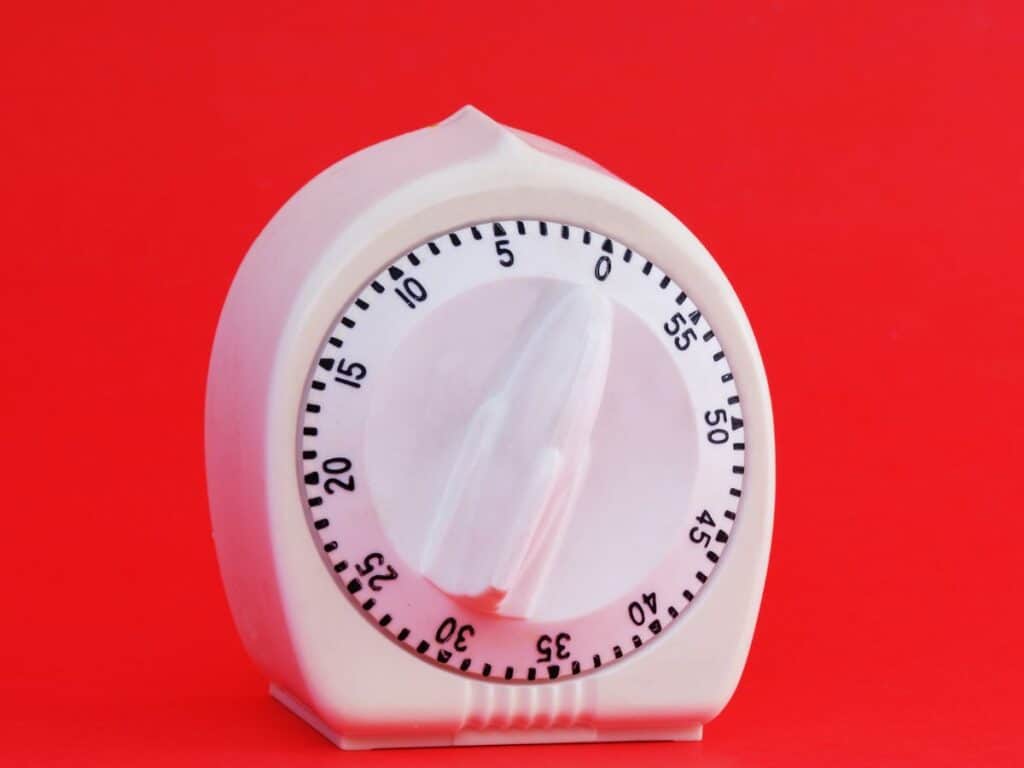
Older washer models often have faulty times. Every now and then, the time will malfunction, which sends the wrong signal to the washer.
This signal could end the cycle prematurely with the laundry stuck inside and sometimes with water filling up the tub.
If your washer belongs to these old models, then the timer is the first place to look when the washer stops mid-cycle.
Most likely, you’d have to replace the faulty timer to fix this problem.
Heater Problems
When the heater in the washer malfunctions or acts up, the water will not get hot, which means that the washer cannot continue with the cycle.
This leads to the washer aborting and flashing an error code. There’s one way to test if it’s a header issue. Start the washer and check when it stops.
If the washer stops mid-cycle within the first 30 minutes, then the water will be cold, and the cause of the problem is the heater. Have a technician come and fix the heater or replace it with a new one.
However, if the washer stops after 30 minutes, then the problem is overheating.
The heater went ahead and raised the water temperatures beyond the set levels. The washer cannot continue with the cycle and aborts. Again, a technician will fix this problem.
Drainage Issues
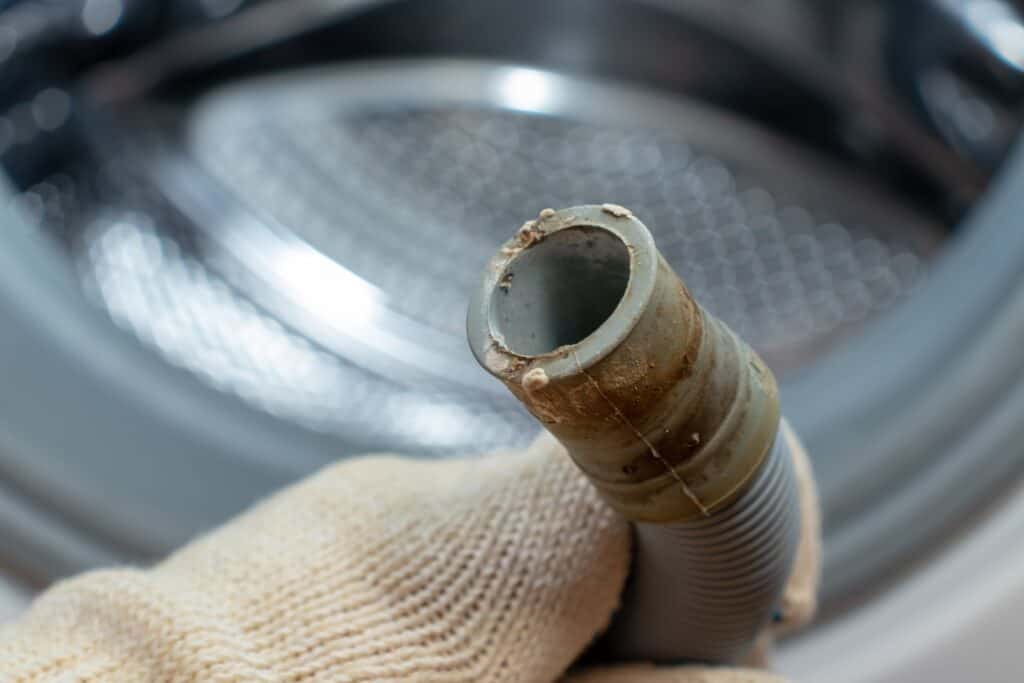
The problem could be not technical at all and just a mechanical one. If there are no error codes flashing, but the washer regularly stops before finishing the cycle, then you might have a drainage problem on your hands.
- Leave the panel and look behind the washer.
- Check the pump to see if anything is blocking it.
- Lint and grime could build up and block the pump or the drainage hose.
- Flush out the blockage and restart the cycle.
This should fix the problem.
Overheating
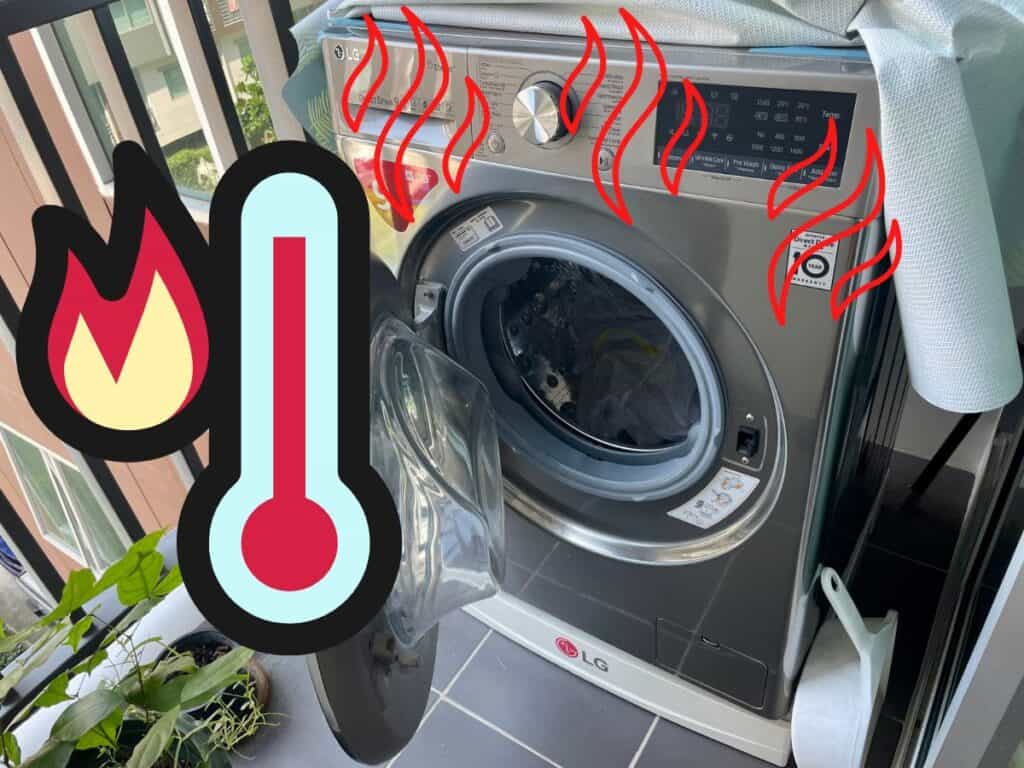
Washers, like many other electrical appliances, are prone to overheating. Poor ventilation and hot weather conditions could cause the internal parts of the washer to overheat.
To protect the appliance against damage, every washer comes with built-in heat sensors.
When the internal heat of the washer crosses a certain level, the washer will shut down immediately, even if it is in the middle of a cycle.
Improve the airflow around the washer, and don’t keep it in a spot where it gets direct sun. Also, don’t keep the back of the washer close to the wall.
Finally, don’t start a new wash cycle immediately after the end of the previous one. Allow the washer time to cool down between cycles. That should take care of this problem.
The Dial
Even advanced washers still have a dial on them somewhere.
Most commonly, the dial will help you choose the appropriate cycle on the control panel of the washer. Believe it or not, those old-fashioned dials tend to become loose.
With the shuddering washer, the dial might start to move and switch between settings in the middle of a cycle.
This causes the washer to shut down.
You can replace the dial yourself, and it doesn’t cost much. Check if the dial is loose or tends to move on its own before replacing it.
Leaks
When the washer leaks, it’s not a foregone conclusion that it will shut down immediately and abort the current cycle. It really depends on the brand and model of the washer.
Some washers will detect a leak and shut down to protect the internal parts against damage. Other older washers will continue to work.
Check for signs of leakage on the floor around the washer. If you see water somewhere coming out of the washer, then you have a bigger problem on your hands.
Unplug the washer and look for the source of the leak. Most likely, it’s caused by cracks in the pump or hoses.
After you replace the faulty part causing the leak, the washer should work properly and finish every cycle without a hitch.
3 Solutions for a Washing Machine Losing Power Mid-Cycle
We covered a lot of causes for the washer losing power mid-cycle.
But what if it’s not any of those ones?
What if the washer has no leaks, no drainage problems, no loose dial, and the heater is working just fine? What then?
In that case, you’ll have to set everything else aside and focus on the washer for the next few hours. We’re going to dive deeper and take a look under the hood for possible causes of this problem.
Usually, when the washer stops mid-cycle, that leaves you with one of three solutions to try out.
Let me walk you through each one of those solutions step by step.
1. Front Loader Master Reset
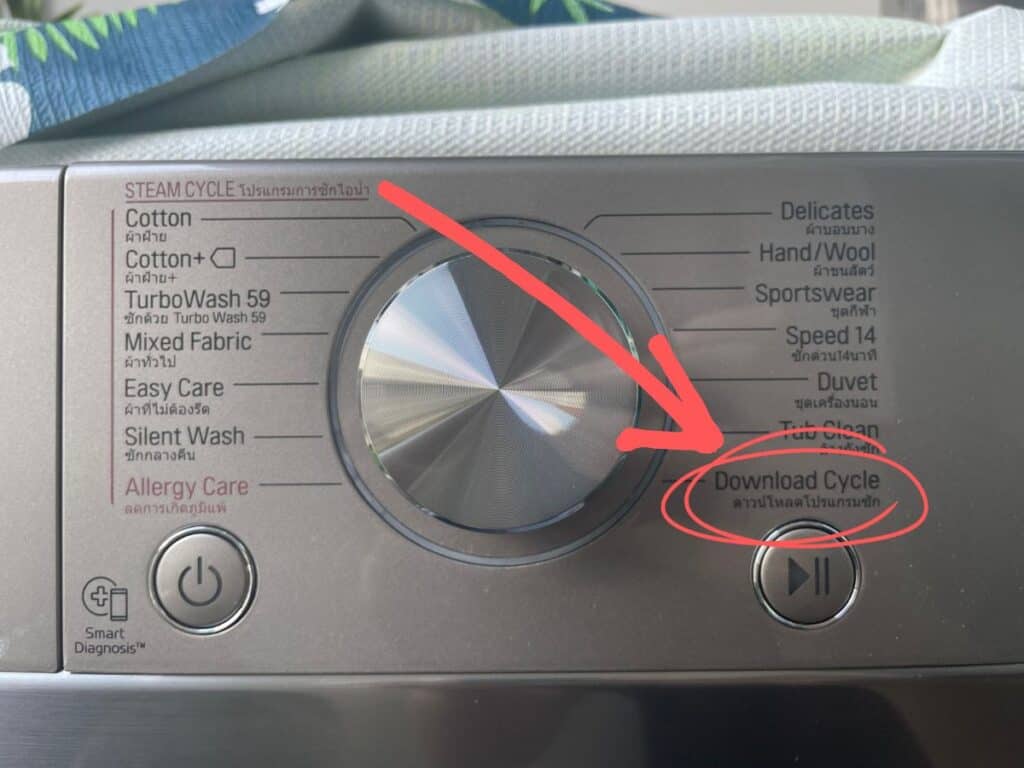
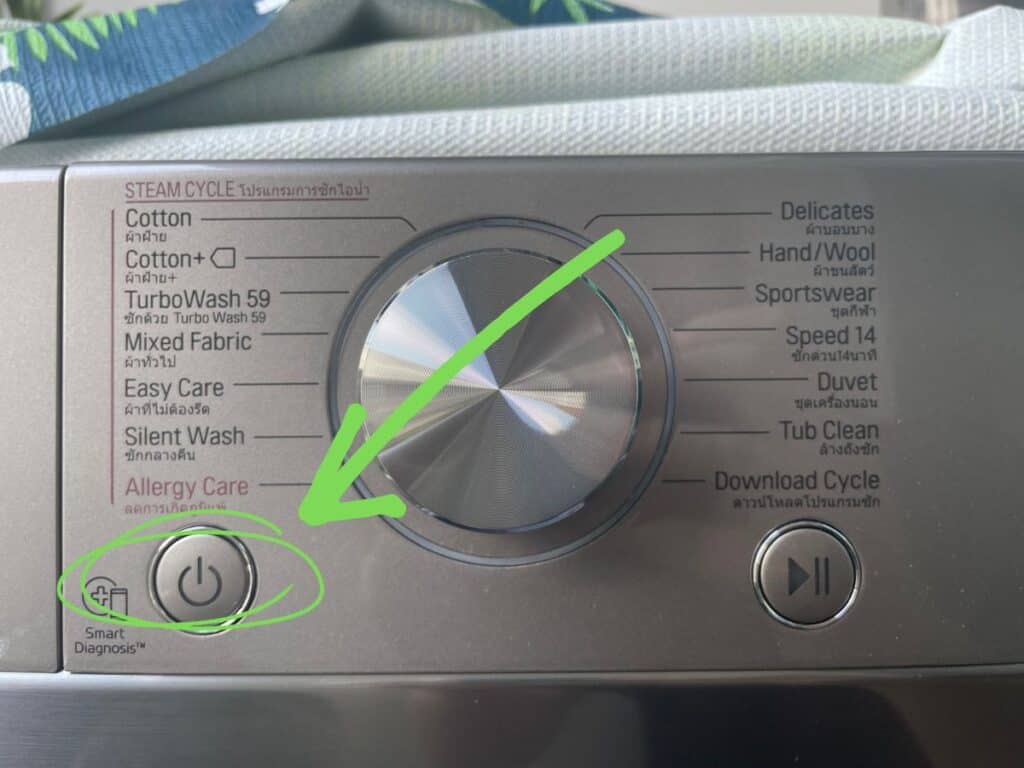
To perform a master reset on the washer, you’ll need to erase all the programming you did before you started the aborted cycle and allow the washer to use preset settings or factory settings instead.
The assumption here is that some of the custom settings might have caused the problem.
Put simply; you’ll need to switch off the washer if it’s not already switched off. Then pull the plug. If the washer is stuck or frozen and won’t switch off, go ahead and pull the plug anyway.
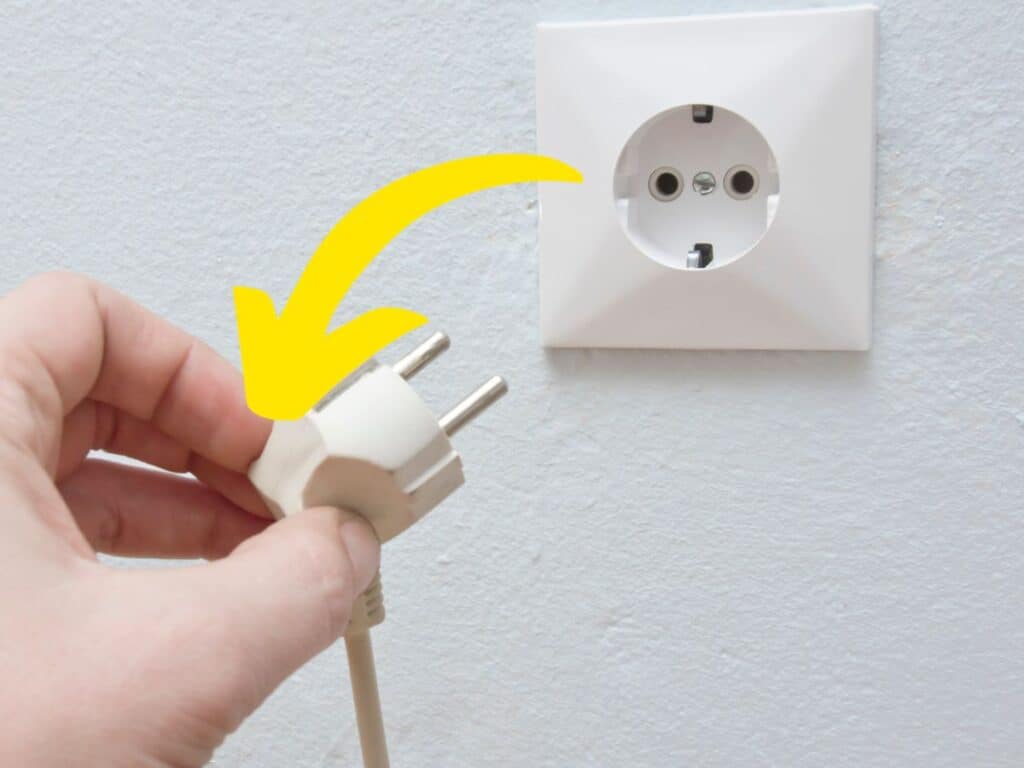
Then follow these steps.
- Check the body of the washer with your hand to see if it’s overheating. If it’s too hot, give it between 15 to 30 minutes to cool down. This depends on the weather conditions.
- After the washer cools down, plug it back in.
- Next, you’ll need to help the washer reset. You can do that by opening and closing the door at least six times quickly. This step works best with front loaders where the door is connected to many sensors in the washer.
- It’s recommended to finish the door opening and closing within 12 seconds maximum. Use a timer to get it right and perform the master reset successfully.
- After opening and shutting the door 6 times in a row, this signals to the washer to reset back to factory settings which removes any glitches in the programming that could have caused the problem.
- Next, you need to test the washer. Set it to a short cycle and let it run without any load inside. Monitor the washer and make sure it finishes the cycle normally.
- If the washer aborts mid-cycle, move on to the next solution.
2. Top Loader Lid Switch Malfunction
I know what you’re thinking. This is getting too technical too fast. But bear with me here. Even if all of this reads like Greek and Latin to you, I promise that by the end of this section, you’d be able to go through this diagnosis without help.
First off, what is the lid switch?
The lid switch is an oblong hole in the top part of top loaders. Its main job is to receive a rod that closes the circuit and tells the washer that the lid is closed and that it’s safe to proceed.
When the lid switch malfunctions because of wear and tear, the washer will assume the lid is open and abort all current processes.
So where would you find that lid switch and test if it’s working properly or not?
That’s a good question.
And to answer it, we’ll have to go through some simple steps.
- Locate the lid switch on the top of the washer. It’s an oblong hole that a small rod in the lid fits into.
- Examine it for signs of wear and tear. If you can’t see any damage, try to close the lid and listen for a clicking sound. If there’s no clicking sound, then the lid switch is malfunctioning.
- Another way to examine it is to press your finger over it. If you meet resistance from the spring, then it’s working fine. If it sags and doesn’t come back up quickly, then it’s broken.
- Now you need to remove the damaged switch and replace it with a new one. Unplug the washer and look for screws fastening the switch to the body of the washer and unscrewing them.
- The lid switch has wires attached to it; keep them attached while you unbox the new lid switch.
- Take a picture of the wires and how they’re attached to the broken switch before you pull them out.
- Use the picture you just took to guide you as you attach the wires to the new switch.
- Install the lid switch into the body of the washer.
- Run the washer on a quick cycle without any laundry inside. Make sure the washer finishes the cycle successfully.
3. Water Level Control Malfunction
The water level in every washer is monitored by a water level control. Its job is to tell the washer when to start filling up the tub with water and when to stop.
If the control malfunctions, the washer gets the wrong signal, and rather than flooding with water, it chooses to switch off to prevent water damage.
This water level control is available in both front loaders and top loaders. You’ll find it under the control panel where you choose your settings.
- Remove the control panel by unscrewing the screws on all four corners using a screwdriver.
- Now look for a small tube lodged firmly under the control panel.
- Pull the plastic tube and blow into it to test for blockages.
- If the tube is blocked, pour white vinegar into it and add a dash of baking soda and leave it aside for 5 minutes. The white vinegar will break down the blockage.
- Try to push a thin rod or a pencil through the tube to clear the blockage.
- Place the tube under running water to flush out any debris inside.
- Reinstall the water level control valve and put the control panel back.
- Test the washer by running it on a short cycle without any laundry inside. The washer should finish the cycle normally this time.
Conclusion
When the washer loses power mid-cycle or aborts all operations, you need to look for the cause of the problem and fix it.
Most likely, it’s a simple water leakage or a blockage of the drain pump that can be easily fixed.
I have written a comprehensive guide on how to care for your washing machine that may interest you to read next.

I’m an expert wardrobe organizer and a bit of a clean freak. I created this website and its YouTube channel to share practical guides about laundry and organizing. My teachings have been featured in multiple large news publications, and I’ve self-published two wardrobe organizing books and an entire course on the subject.

